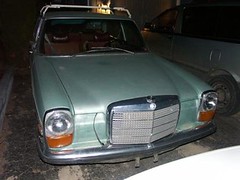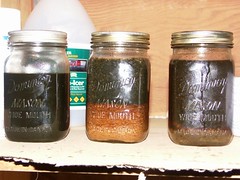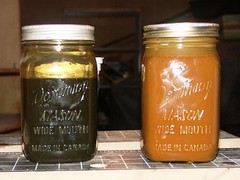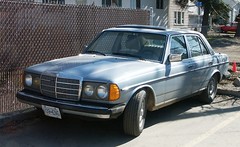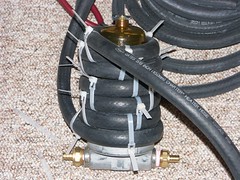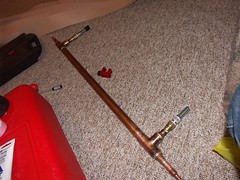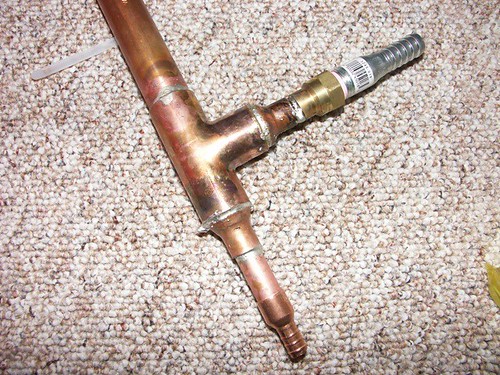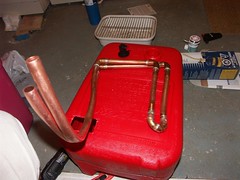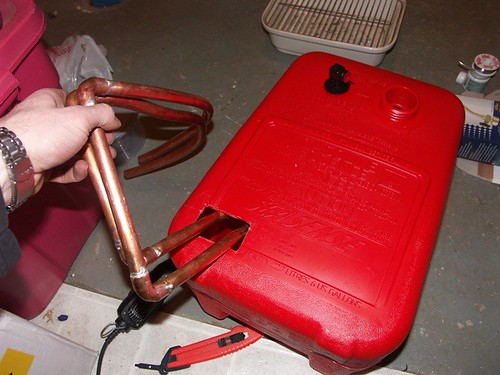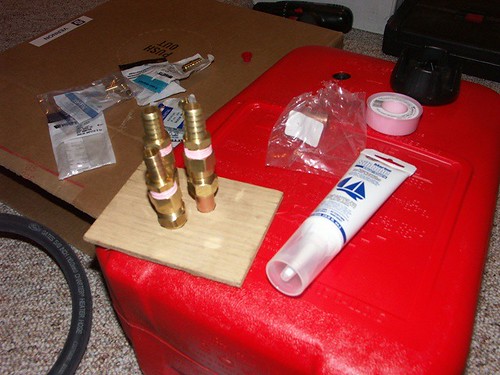Conversion 101.
I recommend doing the conversion in steps. This means less down time for the vehicle and better troubleshooting in the long run.
First of all you will need a plan for your conversion. There are a lot available and I chose a custom hybrid that I felt would suit me.
First of all plumb your fuel lines.
In a mercedes you can use the existing Injector pump to run your vegetable oil. Them old mercedes were built to last and their IP is no exception. As a brief overview your standard mercedes has 2 fuel lines going from engine to the tank (or from the tank to the engine depending on how you look at it. Well actually it's probably more clear to say one goes from the tank to the engine and the other comes from the engine to the tank). These fuel lines are the send and return. The return is because any extra fuel not burnt has to have somewhere to go (as well as any air that was stuck in the system). So a text diagram of the stock MB 300D setup
Tank -------Send----->Pre-filter--->IP--->Diesel Filter---->Injectors
Injectors---Return--->Dsl Filter--->Tank
As you want to run 2 spearate tanks (1 for Diesel and 1 for VO) you'll need to plumb a standard switch to change the fuel source. I chose a 6-port as it was $15 used at a wrecker (I may regret the source though). Anyway, Here's a picture:

The idea is straight forward 2 separate send sources require 2 separate ports, 2 separate return lines require 2 more separate ports. Then of course we need 2 more ports to go to and from the engine. Voila 6-port valve. Flicking a switch will change which to send and return ports are being used.
Ok, but because we need to setup a filter for the VO and because we want to use the same Injector pump (IP) we need to replumb. Another diagram:
Diesel side:
Tank-->Send--->Pre-filter-->Dsl Filter->Fuel-Switch->IP->Injectors.
OK so far?
The Fuel-switch has a default setting so we can just connect it without worrying about power right now. So now we purge air out of the system using the handy built in plunger on the IP and we're ready to startup.
if all goes well we're ready to drive, but still on diesel.
